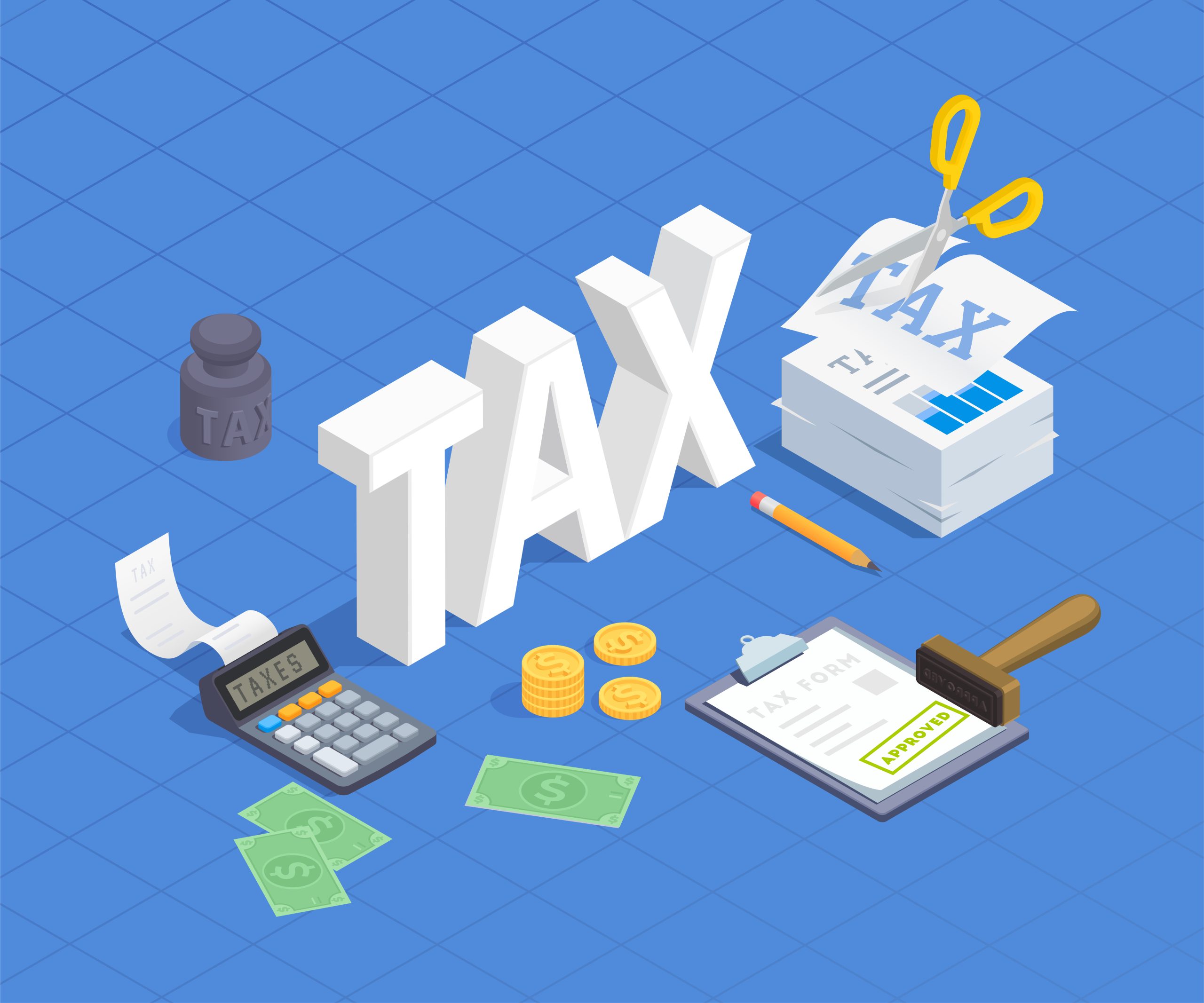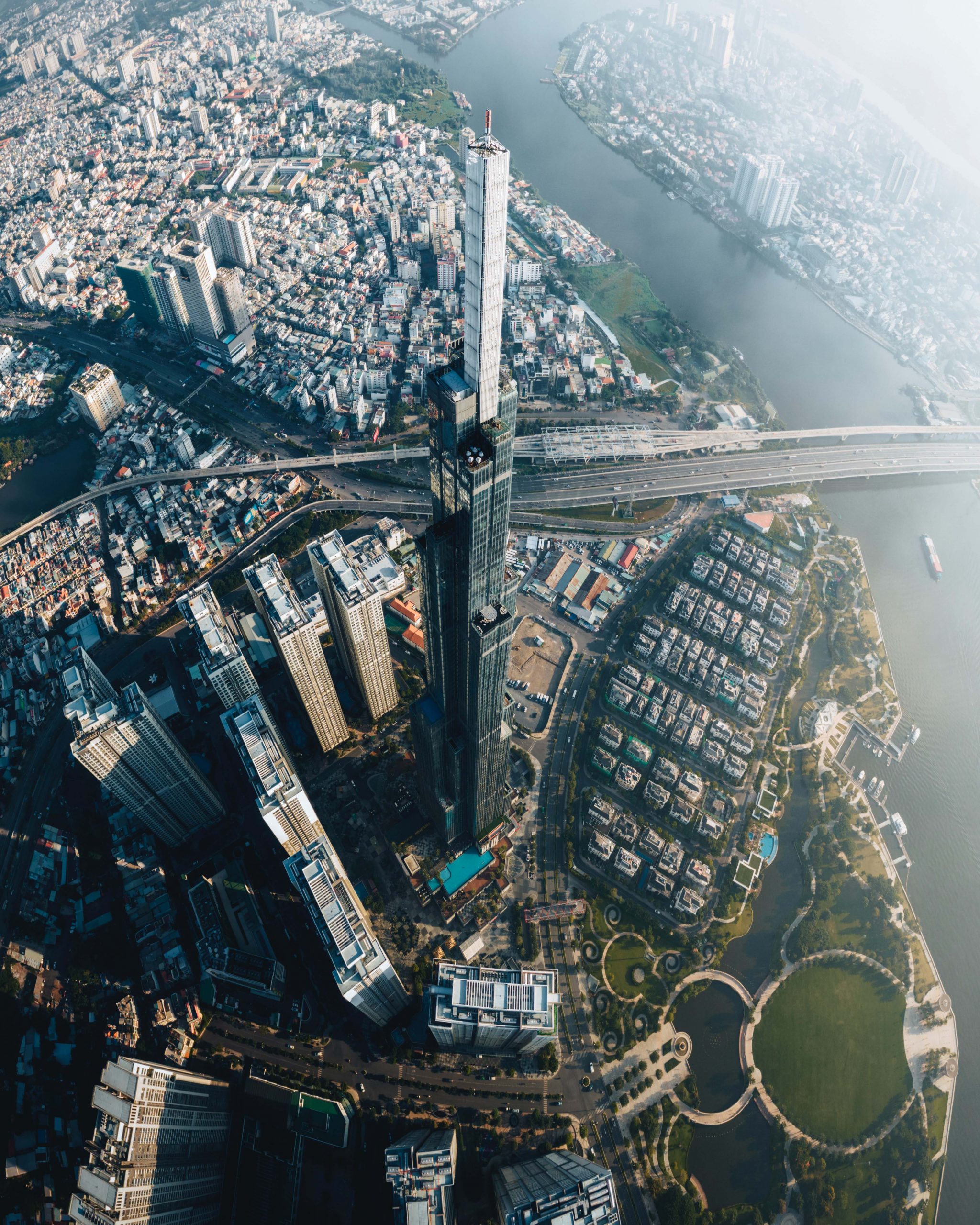With the globalization of trading activities nowadays, a company can expand its business almost everywhere in the world. Together with doing market/customer research and developing the distribution network, in this 4.0 era, protecting the intellectual properties and commercial branding of a company when entering the new market is become more important than ever.
South East Asia is composed of eleven countries of impressive diversity in religion, culture and history: Brunei, Burma (Myanmar), Cambodia, Timor-Leste, Indonesia, Laos, Malaysia, the Philippines, Singapore, Thailand and Vietnam. It is not only the important transition point of the almost all the sea transportation routes, but also the gate for the trading and business from the East to the West of the Earth and vice versa. With such important position in the global economic, Southeast Asia is also the ideal destination for investment.
In the scope of this article, we will point out some keys notes to enterprises/ investors who want to register for protection of their IP assets in common and trademarks in particular in Southeast Asia:
1. Southeast Asia countries are both member states of Madrid Agreement and Madrid protocol
For a mark to be protected:
At the national/regional level, trademark protection can be obtained through registration, by filing an application for registration with the national/regional trademark office and paying the required fees.
At the international level, you have two options: either you can file a trademark application with the trademark office of each country in which you are seeking protection, or you can use Madrid System.
There are two international agreements relating to protecting trademark, which are Madrid Agreement, concluded in 1891 and the Protocol relating to that Agreement, concluded in 1989, both are commonly known as the Madrid System. The citizen or enterprise who have the personal or business connection to one of the System’s members can use the Madrid System and WIPO office as the mediator to register and managing trademark worldwide.
Ten countries of Southeast Asia, except for Timor-Leste, are both member states of TRIPS and WIPO agreements, which mean that the trademark applicants can use the Madrid System to submit one application only for protection of ten Southeast Asia countries and save a lot of costs when comparing to file a trademark application directly with the trademark office of each country in which you are seeking protection.
Many people are still misunderstanding that Madrid System is the international system to register and protect the trademark worldwide; however, this is not correct. Madrid System is just an intermedia body to receive and deliver the trademark registration application, it’s not entitled to grant the protection of trademark to any countries, territories. Following the registration principles of Madrid System, after being accepted by the WIPO’s office, the registration application will be sent to IP Office of the designated country to be examined whether the mark can be protected in such countries or not.
2. ASEAN countries have a common online trademark information platform
If your are intending to register a trademark in ASEAN countries, the best option is to hire a professional IP agent. But, no matter for an IP agent or for the normal enterprise, the first thing-to-do when registering trademark is checking on the protection ability of the mark before applying the dossiers.
Each countries usually have their own public library of Industrial Property, however, not all countries has the english platform for these digital library or it will be not easily access by foreigner. Beside the global brand database of WIPO, the applicant can also check up the information of the trademark application in Southeast Asia by Asian TMView, this is the common online trademark information platform of the ASEAN Member States aimed at making ASEAN trademark data widely available and easily accessible to all interested stakeholders and totally free of charge.
Anyone can access to information on trademark registrations and trademark applications having effects in the participating ASEAN countries. All you have to do is search for “ASIAN TMview” or access the link http://www.asean-tmview.org/tmview/welcome
3. Some key notes when registering trademark in Cambodia
Multi-class application: Before 2015, the Law on Concerning Marks Trade Names and Acts of Unfair Competition of Cambodia regulated that applicant can only apply single-class application. However, after signing the Protocol Relating to the Madrid Agreement Concerning the International Registration of Marks (“Trademark Protocol”) on March 05, 2015 which took effect in June 2015, Cambodia had amended the law and allowed multi-classes application. In short, multi-class applications are possible at this moment for both direct application or Madrid application, which means an application may cover up to 45 classes of good or services. The good and/or services under the applications must be classified according to the International Classification of Goods and services under the Nice agreement. Besides, for a multi¬class application in Cambodia, the applicant must pay class fees on a per-class basis, and there is no discount for any extra class in one application.
IP agent representative: when applying for protection of the trademark via Madrid System, you are not required to be represented by an Cambodian IP agent. However, having an IP agency representative is an compulsory conditions that the applicant must have in case submit the registration directly to the IP Department of Cambodia, or when the Madrid application is requested to amend, supplement or reject. Moreover, Other documents required to be submitted by the applicant, agent or attorney for IP Department of Cambodia must be in Khmer and English languages
Numbers of reproductions required: In Cambodia, the number of reproductions required to submit will depend on the number of class registered, specically, 15 additional reproductions must be summited for each class in the application. The additional representations must be identical. It should not be more than 8 cm by 8 cm.
4. Some key notes when registering trademark in Thailand
Authorization to IP agent/attorney: If the authorization is done outside the Kingdom of Thailand, the signatures in the authorization letter or power of attorney shall be certified by the authorized official of the Thai embassy or consulate or Director of the office of the Ministry of Commerce located in the country where the principal or power grantor resides. In case the authorization is done in the Kingdom of Thailand and the principal or power grantor does not reside in the country, the applicant shall submit a copy of passport or temporary residence certificate of the principal or power grantor, or any evidence indicating that at the time the authorization was made, the principal or power grantor was in Thailand.
If you have any questions or require any additional information, please contact Apolat Legal – An International Law Firm in Viet Nam.
This article is for general information only and is not a substitute for legal advice.





































